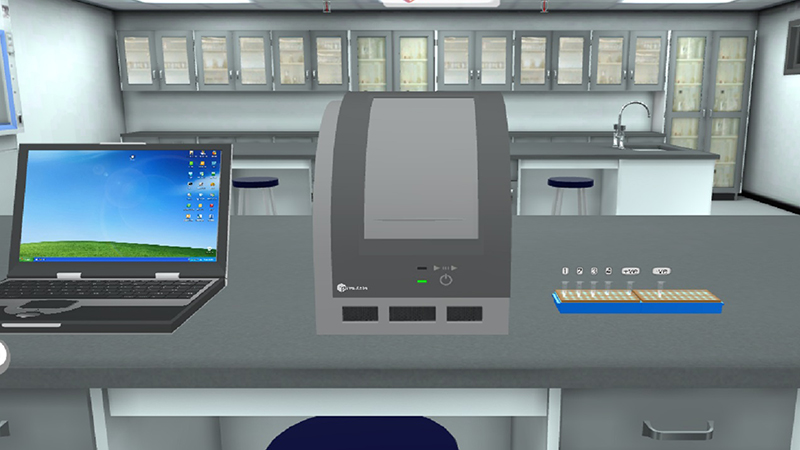Real-Time PCR Test
Biology | Molecular Biology | Biochemistry | Genetics | Microbiology






2.5M+
Active Users Worldwide
80%
Improved Learning Retention
60%
Reduction in Laboratory Costs
To amplify and quantify nucleic acids through real time PCR test:
Real Time Polymerase chain reaction [RT-PCR (SYBR green)].
By the end of real time PCR test, student will be able:
There are two types of fluorescent chemistries for this purpose:
The nonspecific fluorescent dye SYBR binds to double-stranded DNA, increasing their fluorescence signal 20–100-fold.
Taq DNA polymerase is associated with 5_nuclease activity which:
RT-PCR Applications:
These components include :
The real time PCR test reaction follows the following steps (as illustrated in real time pcr animation):




